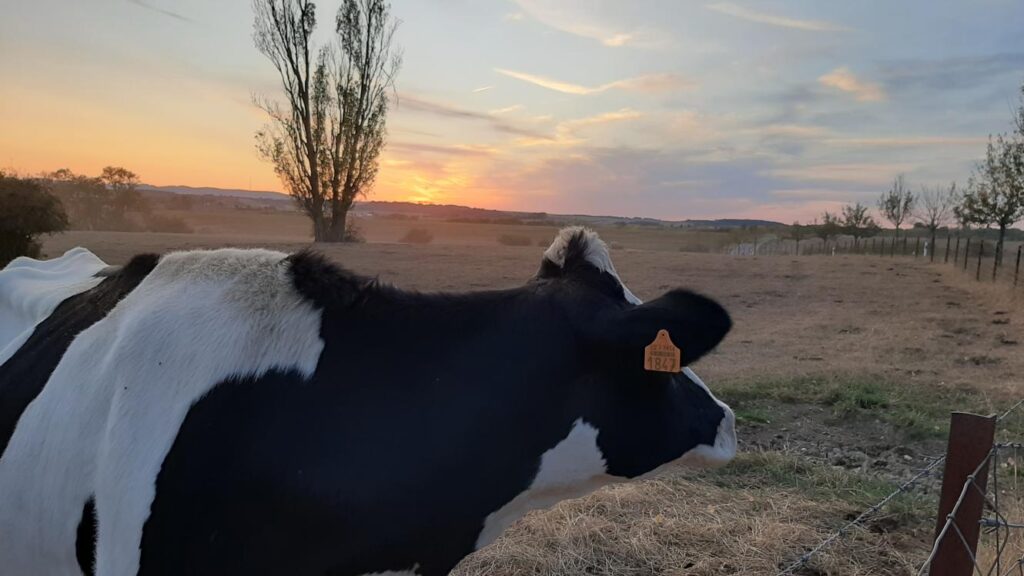One of the questions I’ve been asking myself during the last months was how to gain more visibility of the future. It’s not a question of predicting the next few months I’m asking myself, more one of how we can develop the future. Consequently, I signed up for uLab, a course “Leading from the emerging future”. It gives me the occasion to dive further into Theory U as well as learn about ideas emerging from the work Otto Scharmer has been doing.
A bit in the overview of the course got me thinking.
Scharmer describes three types of violence.
I’m not a big fan of using the word violence as I’ve found that in some areas it’s usage has become aggressive in itself. That is when it is used to blame someone else’s behavior.
The three types of violence Scharmer describes are there to become aware of the existence of violence we might be blind to.
Direct violence refers to the evolution of brutality over the centuries. It is rampant, not always visible until it erupted. Direct violence can be described as an evolution from slave patrols to lynching and nowadays police brutality as seen in the US.
Structural violence is one that happens based on the given structure, that is the way society has evolved. It shifted and changed over the centuries to lead to shocking inequality. One of which are large groups of people who find themselves in refugee camps now. Global inequality, loss of democracy, and climate change are leading to new mass migration movements.
I hadn’t expected the third type of violence: attentional violence. Scharmer described it as “not seeing others in terms of who they are and who they could be.”
It’s not there to describe the occasional misunderstandings or mishaps between people. What this is about, is the growing splitting of our society into a vast number of individual groups seeking to be valued and searching for equality. And it is also about the need to be seen and valued that exists and is perceived by these groups. The way people now need to work to gain attention and seek out attention has become one leading into attention violence.
In the existing performance economy, attention violence can also be directed toward the self, for example through high expectations that can’t be reached.
As so often, the first step is to gain more awareness of where such violence may happen in our surroundings. That’s the place where we can act.

